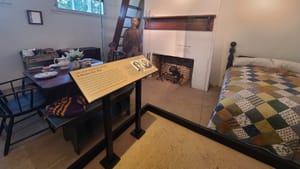"How could anyone live in this heat before air conditioning?" I muttered as I climbed the cemetery steps on a very hot day. The heat index reached 98 degrees, I later learned, and I was sweltering in the humidity as I approached the house to gaze out at the monuments of our nation’s capital.
Although commonly associated with Robert E. Lee—a Confederate general from 1862 to 1865—the Arlington House estate on the grounds of Arlington National Cemetery was actually owned by Lee’s wife, Mary Custis. Lee served merely as caretaker and executor of the estate through his marriage to Martha Washington’s great-granddaughter.
However, I wasn't there for the main house museum devoted to Robert and Mary. I walked to the rear of the house and went directly to the refurbished slave quarters. Occupying two long buildings—one north and one south of a central courtyard—they are dedicated to teaching about the living conditions and history of enslaved people on Custis’s estate. In the final years before the Union army seized the property, the estate held over 60 enslaved people, including ten whom Lee had inherited. The buildings I toured served as living quarters and storage for the enslaved people who worked in the main house; field workers were forced to live in much poorer conditions elsewhere on the property.
As I moved through the exhibits, I noted a sharp drop-off in visitors from the main house to the slave quarters. While roughly five to seven people (mostly families and older couples) entered the main house every few minutes, I saw only about a dozen visitors in the slave buildings during the thirty minutes I was there. The vast majority touring the main house were older and white, often traveling from elsewhere in the United States on what sounded like a pilgrimage to our nation’s history and democracy. By contrast, most of the visitors to the slave quarters were young Black adolescents, brought in by their parents.
The northern building was well presented, with vintage furniture and period props. In one room, visitors can look down into the kitchen through a clear panel and up into a bedroom loft, all outfitted with pots, utensils, wooden chairs, and bedding. Another room, furnished with a single antique bed, a chest of drawers, and a small table, featured an audio component playing hymns similar to those sung by the enslaved residents. However, beyond this point, the quality of the exhibit declined.
Although care was clearly taken to preserve genuine period furniture, most interpretive panels and plaques were little more than printed paper on foam board, propped on ledges or tables, or laminated sheets already beginning to curl and split. One interactive display was broken, frozen on a Windows configuration screen.
In the southern building, a room once used to store the enslaved people’s tools was hastily converted into extra living space once the Civil War broke out and the Custis–Lee family fled. Today, this room holds a simple digital-video display mounted on a floor stand, showing a video about the families who lived here. A lone wooden bench provides the only break from the stark concrete walls and harsh modern overhead lighting.
I had saved the main reason for my visit for last. The estate recently received an update—funded in part by Arlington County—to highlight the freed slaves and their descendants who remained in the area after the Civil War, particularly the Syphax, Grey, Norris, and Branham families.
William Syphax, born in 1920, became an Army officer and later a successful home builder in Arlington, with some of his houses still standing today. He used his wealth to send more than 100 young people to college on scholarship. Another Syphax descendant, Julian Dixon, became a Tuskegee pilot and was elected to the U.S. House of Representatives for 20 years, helping pass legislation to combat segregation both in the United States and in apartheid South Africa. Another featured descendant, Edward Gleed, also served as a Tuskegee pilot and later joined the Pentagon in 1947, where he helped racially integrate the newly created Air Force.
All presentations of these descendants are displayed on simple printed paper mounted on foam board, propped on shelving, or adhered to the walls of one room in the southern quarters. The effort to educate visitors is well intended and thoroughly researched, but the presentation is underwhelming. The exhibit is entirely traditional—objects behind glass cases and straightforward text—with few attempts to provoke questions or deeper reflection. There are no engraved plaques—neither bronze nor wood—and not even frames around the foam boards. Some panels bear the Arlington County logo, as if to claim this project as an accomplishment of local government, yet I wonder whether a display resembling an elementary-school science fair is something to be proud of.

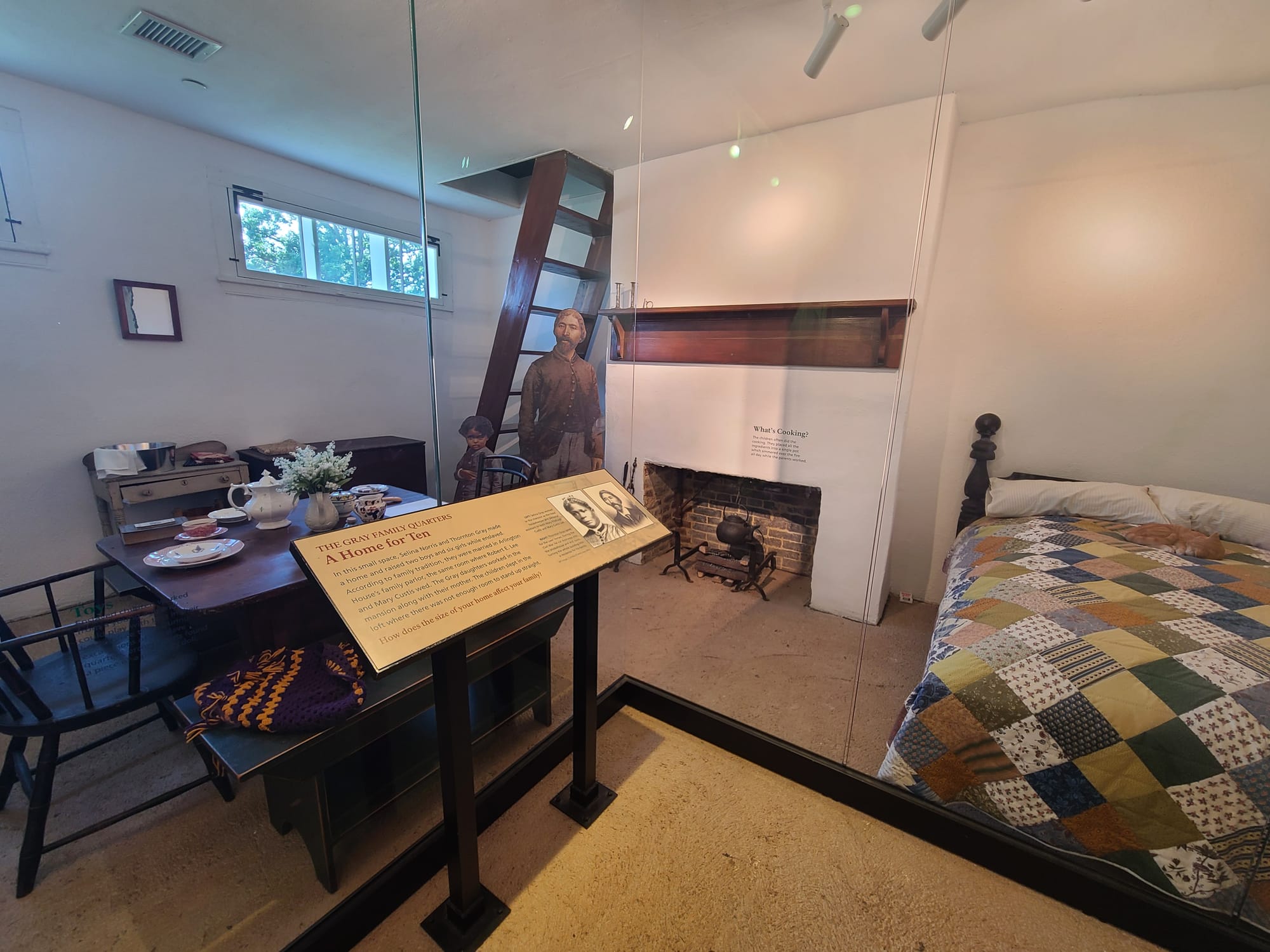
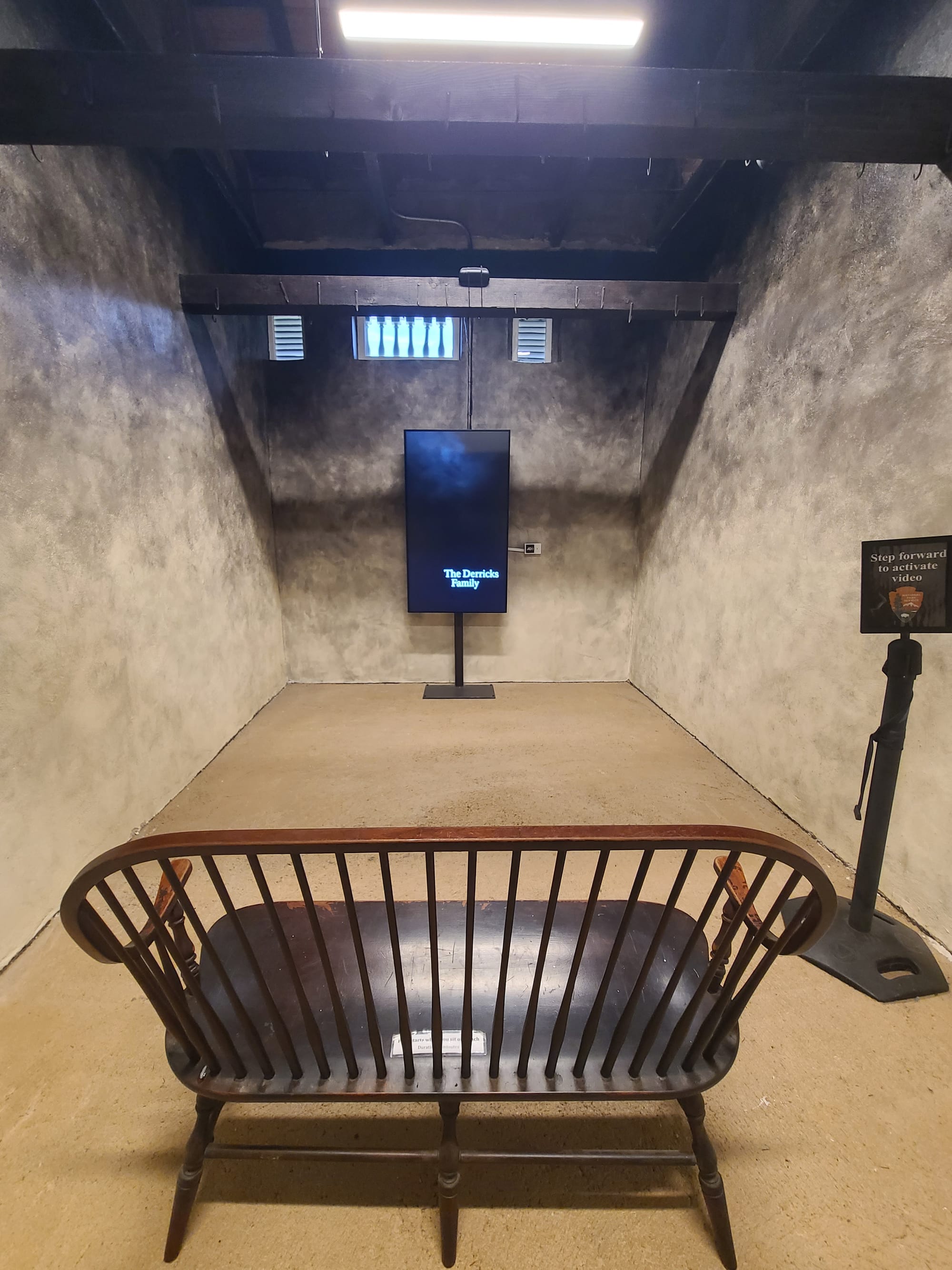
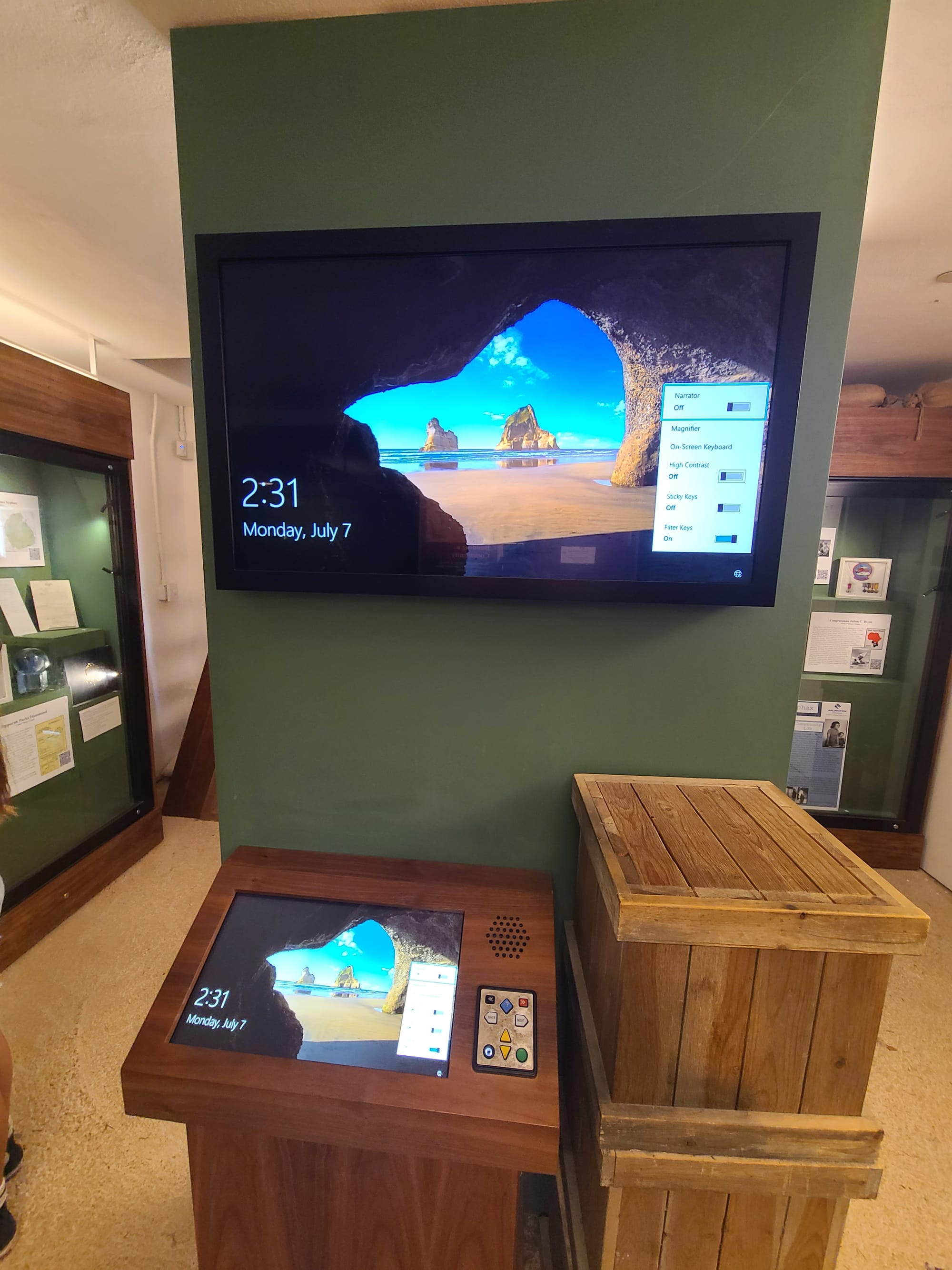
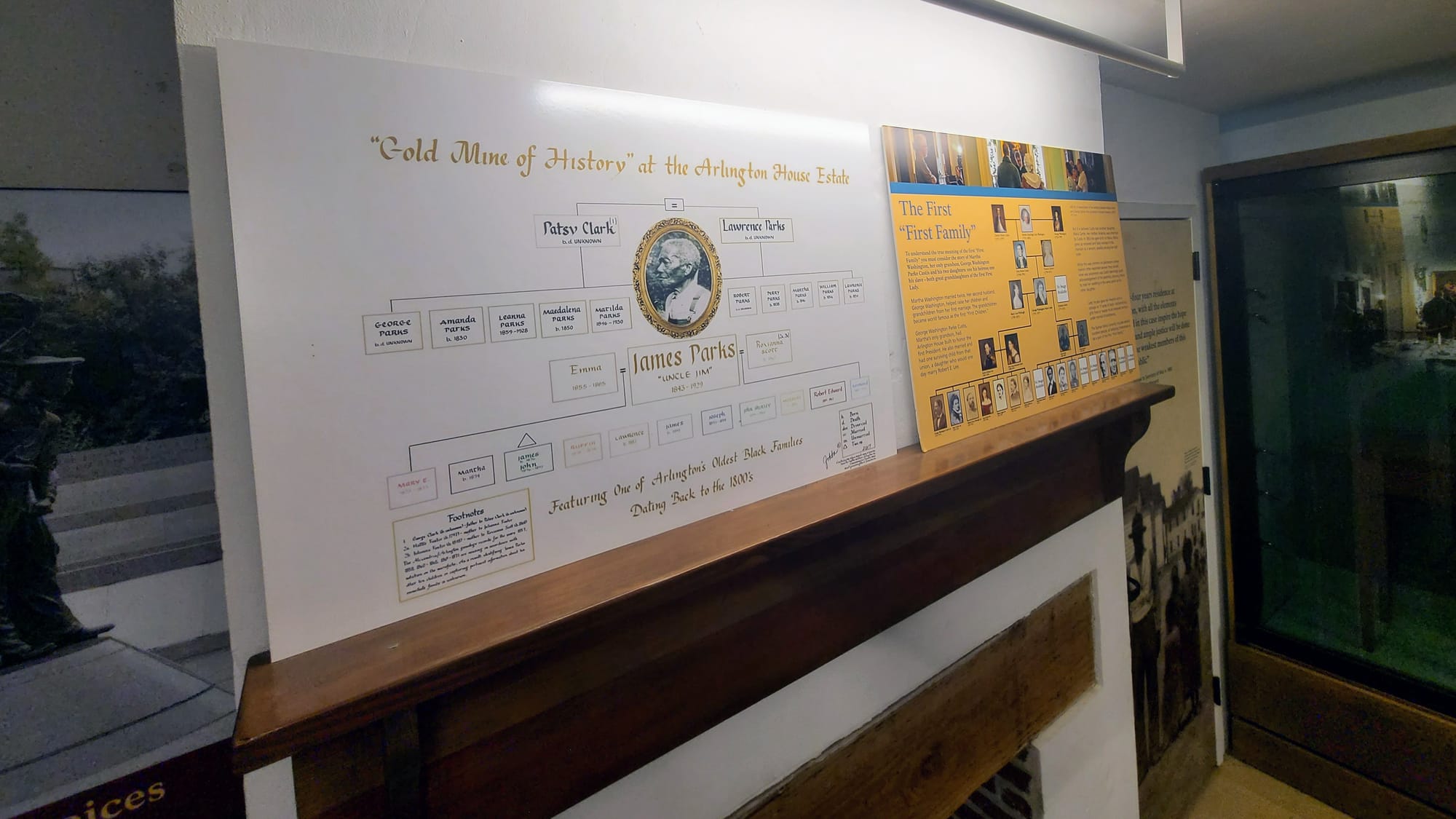
I understand that this update was delivered under a tight budget: the county wanted to tell the stories of those who contributed to the surrounding community, and it can be difficult to justify public museum funding. Still, I hope the federal and local governments will facilitate community fundraisers to improve this important side of Arlington House properly.

